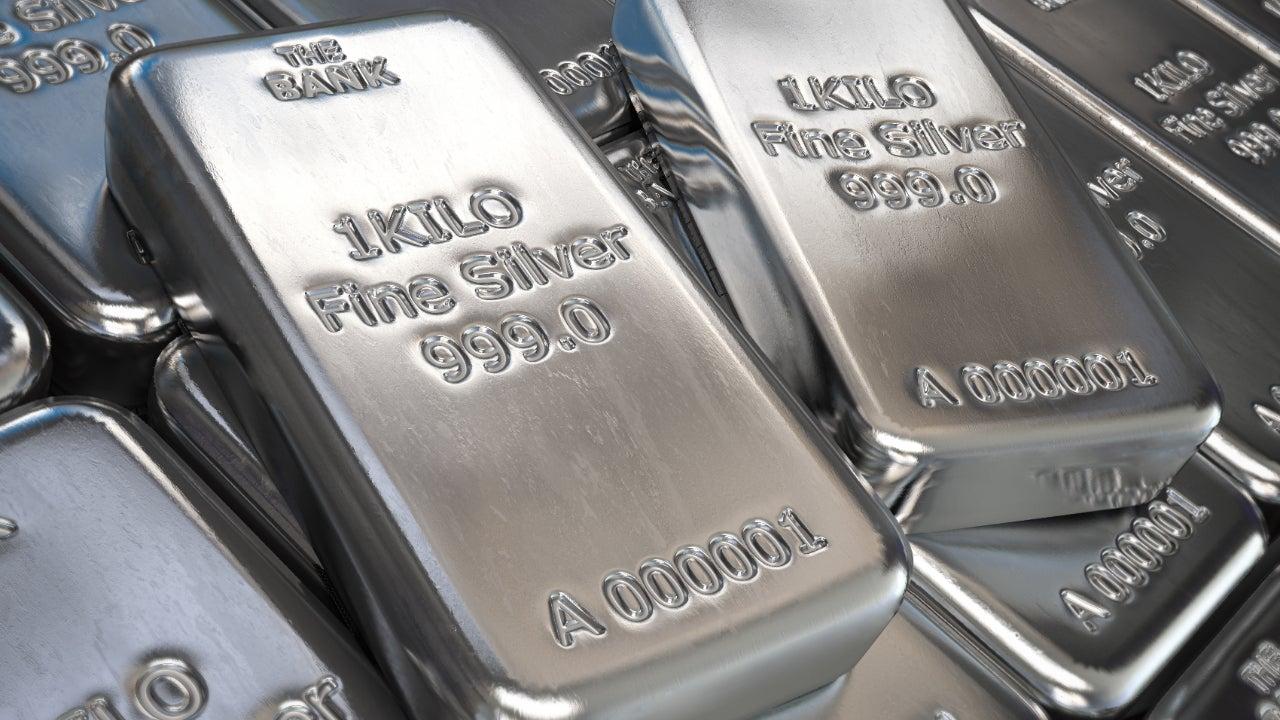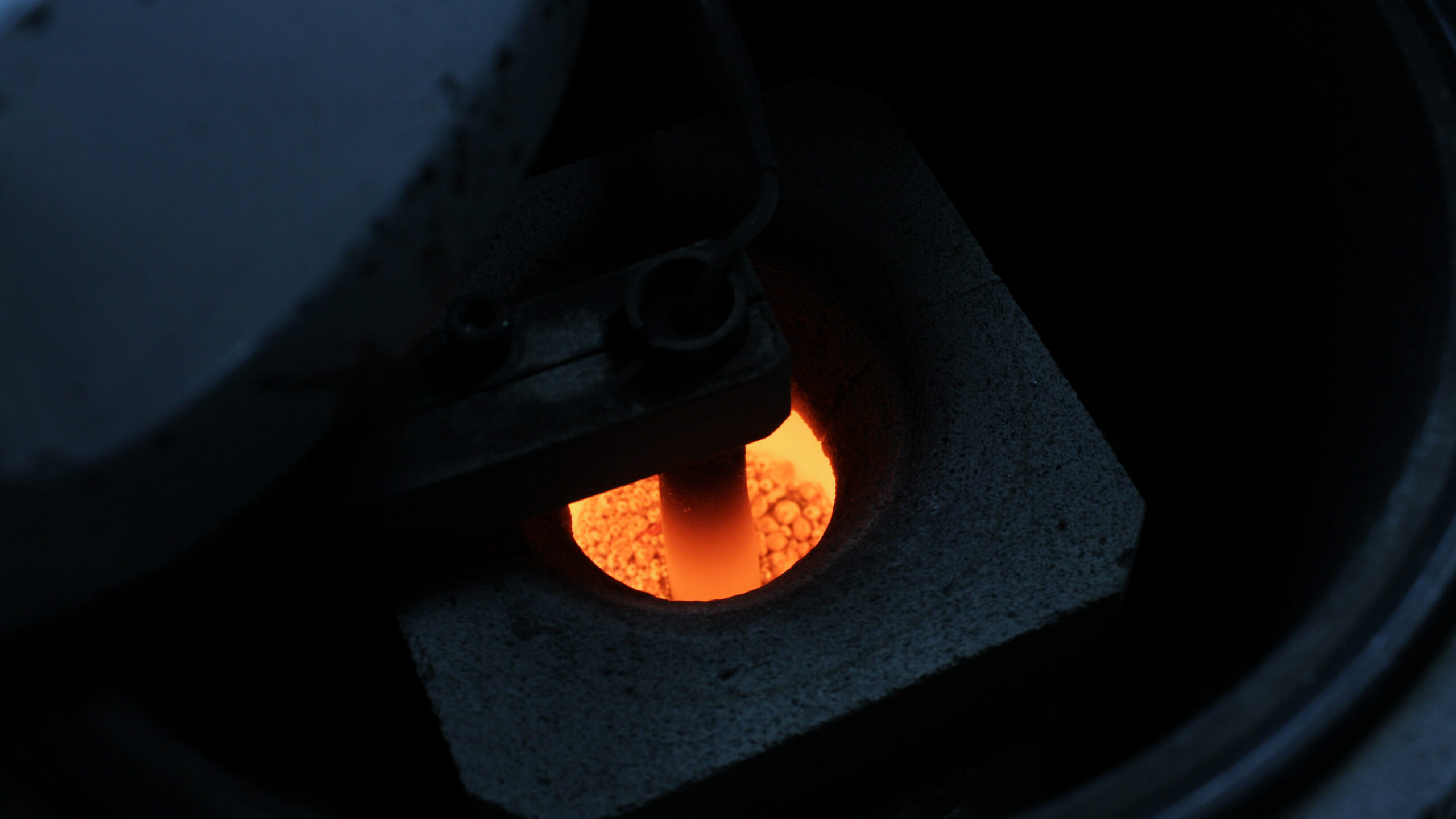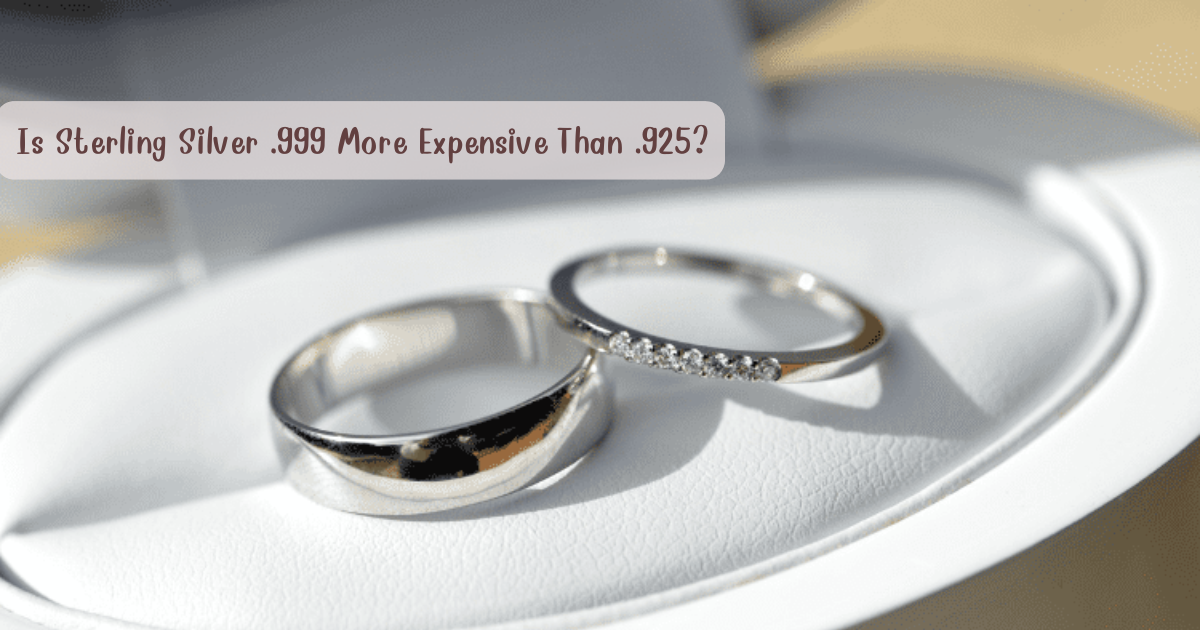Silver jewelry buyers often wonder what makes some pieces more expensive than others, even when both are labeled as “sterling silver.” The key lies in silver purity specifically whether the metal is .999 fine silver or .925 sterling silver.
But does higher purity automatically mean a higher price? This article breaks down the differences between .999 and .925 silver and explains whether “Is Sterling Silver .999” truly costs more. marcasite jewelry

Understanding Silver Purity Levels
Silver purity is represented by numerical marks that indicate how much pure silver is present in the alloy:
- .999 Fine Silver: 99.9% pure silver and 0.1% trace elements. This is the highest purity level used in coins, bars, and fine jewelry.
- .925 Sterling Silver: 92.5% pure silver and 7.5% other metals, usually copper, which provides durability.
Both are authentic silver, but their composition affects not only their value but also how they perform in jewelry making and investment.
Is Sterling Silver .999 More Expensive Than .925?
Yes .999 silver is generally more expensive than .925 silver due to its higher silver content and purity. Since .999 silver contains nearly pure silver, it has greater intrinsic value per ounce compared to .925 silver, which includes other metals. However, the price difference isn’t just about metal content it also depends on craftsmanship, demand, and usage.
While .999 silver holds more raw material value, sterling silver may carry higher craftsmanship costs when used in detailed jewelry.
Why .999 Fine Silver Costs More
Fine silver is almost pure, which means it contains very little alloy. This purity gives it a brilliant white luster and a soft texture that makes it desirable for collectors and investors. The main factors contributing to its higher price include:
- Higher Purity: With 99.9% silver content, it’s almost pure precious metal.
- Investment Value: .999 silver is often traded as bullion, meaning it reflects silver’s current market spot price.
- Refinement Costs: Producing .999 silver requires more advanced purification processes.
- Limited Applications: Its softness restricts its use to specific products, increasing exclusivity.
Because of these reasons, fine silver is considered more valuable by weight but not necessarily better for jewelry durability.

Why Sterling Silver (.925) Remains Popular
Although sterling silver is slightly less pure, it remains the most popular choice for jewelry worldwide. Its affordability and strength make it ideal for everyday wear, from rings to necklaces.
Benefits of .925 sterling silver include:
- More resistant to bending and scratching.
- Easier to shape into detailed jewelry.
- Affordable yet still made from real silver.
- Compatible with gemstones and mixed metal designs.
While it contains 7.5% copper, that small amount of alloy enhances durability without drastically reducing its silver value.
Price Difference in Real Terms
The difference between .999 and .925 silver is about 7.4% in silver content. For example:
- If the market price of silver is $45 per ounce, then:
- 1 ounce of .999 silver is worth approximately $45.
- 1 ounce of .925 silver (which has 0.925 ounces of pure silver) is worth roughly $41.60.
This small difference might not seem huge, but for large-scale purchases or investment-grade items, it becomes significant. However, in jewelry retail, design, brand, and labor often outweigh the metal’s intrinsic value in final pricing.
The Role of Purity in Jewelry Pricing
In fine jewelry, the price isn’t solely determined by metal purity. Here’s why .925 sterling silver can sometimes cost more despite lower silver content:
- Craftsmanship: Handcrafted sterling pieces involve more labor than simple .999 silver coins or bars.
- Brand Reputation: Designer brands add markups unrelated to metal value.
- Gemstone Additions: Sterling silver often incorporates gemstones, increasing total cost.
- Durability Factor: Customers prefer long-lasting jewelry, making .925 silver more practical and desirable.
Thus, while .999 silver is purer, it doesn’t always mean a higher retail price for finished jewelry.

Collectors vs. Consumers: Different Perspectives
For investors and collectors, .999 fine silver is the clear winner due to purity and liquidity. It’s easy to sell and trade based on weight and global silver prices.
For consumers, .925 sterling silver offers better long-term value because it’s wearable, easier to maintain, and less prone to damage. It strikes the right balance between price, appearance, and strength.
In other words, .999 silver appeals to investors, while .925 silver appeals to jewelry lovers.
Maintenance and Longevity
- .999 Fine Silver: More resistant to tarnish but can dent or bend easily.
- .925 Sterling Silver: Tarnishes faster but is sturdier and easier to clean.
From a practical standpoint, .925 silver is the better choice for everyday wear, even if it costs slightly less.
So, is sterling silver .999 more expensive than .925? The answer is yes in terms of raw material value and purity. However, when it comes to wearable jewelry, .925 sterling silver often provides better overall value due to its strength, versatility, and affordability.
Ultimately, choosing between .999 and .925 depends on your goals. If you’re collecting or investing, .999 fine silver offers unmatched purity. But if you want durable, beautiful jewelry, .925 sterling silver remains the smarter, longer-lasting choice.
